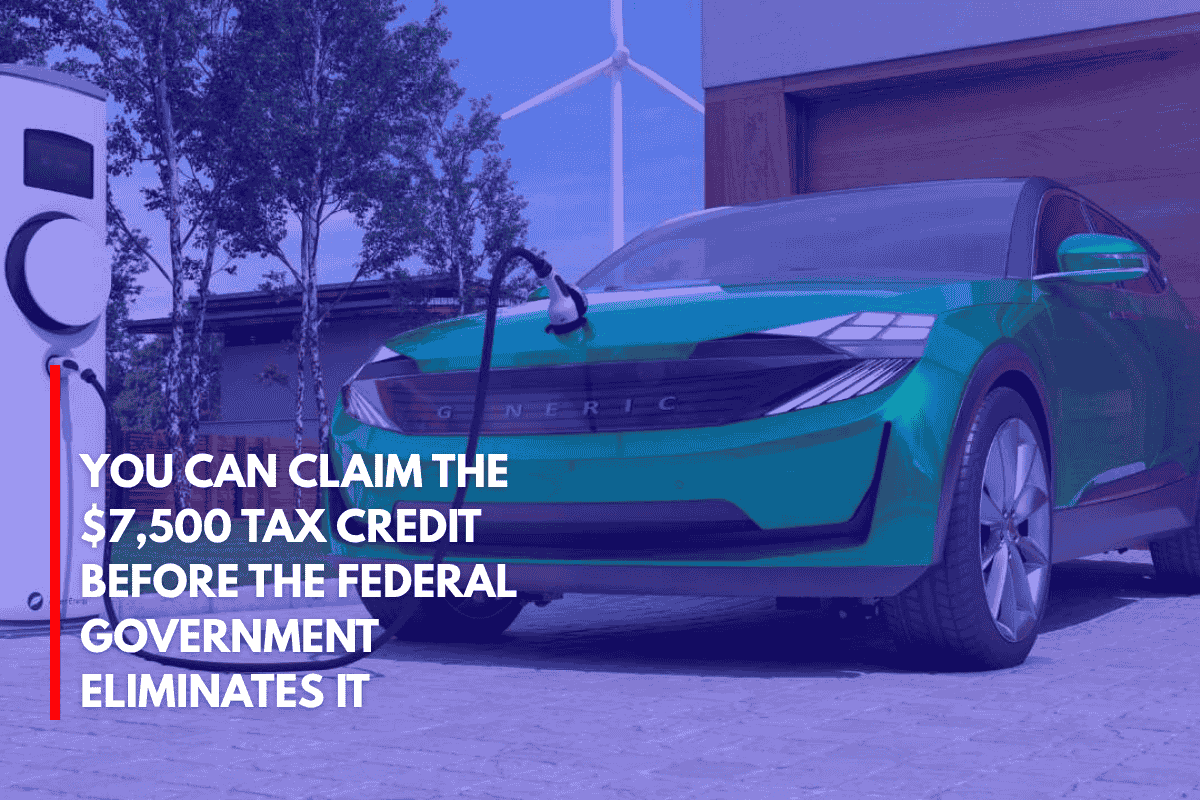With Donald Trump back in the White House, several economic policies are changing. One of the biggest changes could affect people who buy electric vehicles (EVs). A popular tax benefit that made EVs more affordable may soon be removed under the new government’s plan.
What is the EV Tax Credit?
The EV tax credit was started in 2008 to encourage people to buy electric cars. It gave up to $7,500 to buyers of new EVs. The aim was to promote cleaner transportation and reduce pollution. Over the years, this benefit helped many Americans afford EVs.
Originally, the credit applied only until a car company sold 200,000 EVs. After reaching that number, the benefit would slowly end. Companies like Tesla and General Motors hit this limit years ago. But in 2022, a new law removed this limit and even added benefits for used EVs.
Current Tax Credit Amounts
Right now, people can get the following tax breaks:
Up to $7,500 for buying a new EV
Up to $4,000 for buying a used EV
Up to $1,000 for installing a home EV charger (until 2025)
Conditions to Get the Credit
For new EVs, the battery must be at least 7 kWh, and the car must be made in North America. Price limits are also set: $80,000 for SUVs and trucks, and $55,000 for other cars. From 2024, more parts of the car must be made locally.
For used EVs, buyers must earn less than a set income: $300,000 for couples, $225,000 for heads of household, and $150,000 for singles. The used EV must be at least 2 years old and cost under $25,000.
To claim the benefit, buyers must go through IRS-registered dealers and file tax forms (Form 8936 for vehicles and Form 8911 for home chargers).
Why the Credit Might End
President Trump wants to remove these benefits. In May 2025, a plan called “One Big, Beautiful Bill” was introduced. It would cancel:
The $7,500 credit for new EVs
The $4,000 credit for used EVs
The $1,000 home charger benefit
It also adds a new $250 yearly fee for EV owners
Trump’s government says these credits are unfair and distort the market. The goal is to save money and use it for other tax cuts.
What Could Happen If the Credit Ends
Experts say the changes could reduce EV sales by 40% by 2030. Without the credit, EV prices would rise. For example, the Chevrolet Equinox EV could go from $26,100 to $33,600.
More pollution is also expected. A Harvard study says 49 million extra tons of carbon could be released by 2030 if the plan is passed. Car makers and environmental groups oppose the changes, saying it would hurt jobs, clean energy goals, and U.S. industry.











Leave a Reply